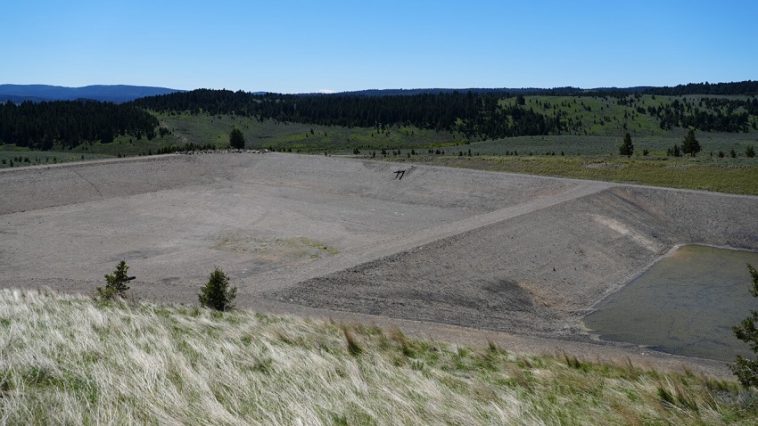Missoula, MT – The Montana Supreme Court has ruled in favor of Tintina Montana, allowing construction to move forward on the Black Butte Copper project, an underground mine located outside White Sulphur Springs. In a decision handed down this week, five of the seven justices sided with the operators of the mine and the Montana Department of Natural Resources and Conservation (DNRC), rejecting a challenge from environmental groups who had raised concerns about the project’s potential impact on local water resources.
The case centered on whether the mine required an additional water permit for dewatering operations. Tintina plans to pump groundwater out of the mine during construction. The water will be used in the milling process, while the rest will be treated and returned to the groundwater system. The DNRC had previously issued a permit for the water used in milling, but determined that no additional permit was necessary for the dewatering process. According to the department, removing water from the mine does not qualify as a “beneficial use” under Montana state law, and thus does not require a permit.
Environmental groups, including Montana Trout Unlimited, Montana Environmental Information Center, Earthworks, and American Rivers, argued that the decision created a loophole that would allow mining companies to pump large amounts of groundwater without proper oversight, potentially harming nearby streams and other water users. They pushed for a more thorough analysis of the project’s impact on water resources.
Justice Jim Rice, writing the majority opinion, disagreed with the environmental groups, stating that the impact of mine dewatering would be addressed through other state regulations. Rice emphasized that Montana has followed this process for decades, and it was up to the legislature, not the courts, to decide if changes were necessary. He also pointed out that the DNRC’s approach had been consistent for 43 years, and the legislature had not intervened to alter the department’s interpretation of the law.
The majority opinion was joined by Chief Justice Mike McGrath, and Justices Beth Baker, Dirk Sandefur, and Jim Shea. However, Justice Laurie McKinnon wrote a dissenting opinion, which was supported by Justice Ingrid Gustafson. McKinnon argued that the court’s decision would lead to an unintended loophole, potentially allowing mining companies to withdraw unlimited amounts of groundwater without sufficient oversight. She raised concerns that the DNRC’s policy had not gone through a formal rulemaking process, limiting public input on the matter.
This ruling marks the second time in less than a year that the Montana Supreme Court has upheld the Black Butte Copper project. Last February, the court overturned a district court ruling that had invalidated the mine’s operating permit, citing insufficient environmental analysis. The court’s latest decision is expected to have significant implications for the future of the mine, which has been the subject of extensive legal battles.
In response to the decision, Nancy Schlepp, vice president of communications and government relations for Tintina Montana, expressed gratitude, calling the ruling a “commonsense” decision that maintained long-standing water law in Montana. She emphasized the company’s commitment to implementing an environmentally safe mining project and vowed to continue their work on the Black Butte Copper project.
Governor Greg Gianforte also praised the ruling, calling it a “significant win” for Montana’s economy and mining industry. He stated that the decision would help create jobs and attract investment, putting an end to years of litigation that had delayed progress on the project.
Environmental groups, however, were less enthusiastic about the ruling. In a statement on social media, Montana Trout Unlimited described the decision as a “blow to the Smith River and future generations.” Despite the setback, the organization vowed to continue protecting the Smith River watershed, monitoring the mine’s activities, and ensuring that water quality and quantity in the area are preserved to the fullest extent of the law.
As the Black Butte Copper project moves forward, the legal and environmental debates surrounding the mine are expected to continue, with both sides preparing for the next steps in what has become a long-running and contentious issue.



